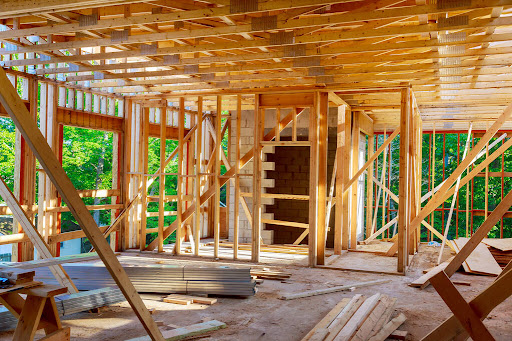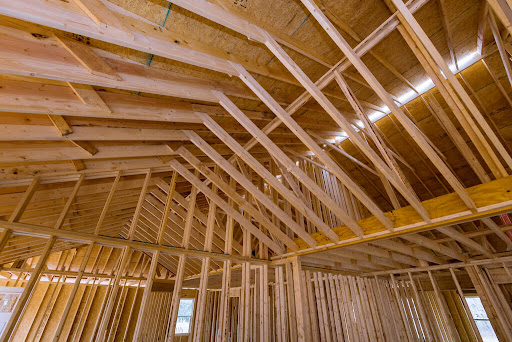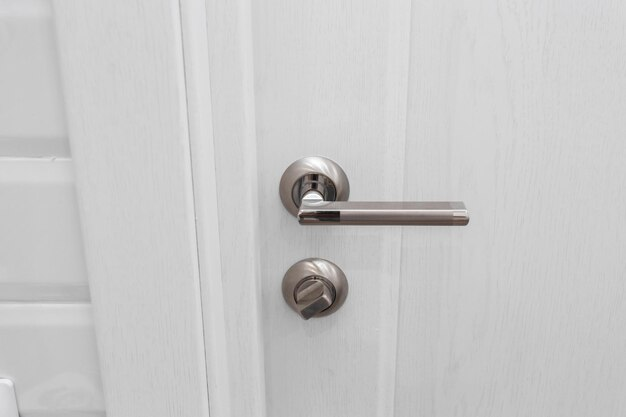The Benefits of Timber Floor Framing Systems
Timber floor framing, a crucial component in construction projects necessitating wooden floors, entails the intricate design and installation of a network of timber beams, joists, and related components. This meticulous process establishes a robust foundation for wooden flooring, guaranteeing stability, safety, and enduring support. Beyond its durability, timber frame floors offer insulation and fire resistance to the structures they underpin. In this article, we delve into the fundamentals of timber floor framing, along with its inherent advantages and disadvantages, weaving complexity and variation into the narrative.
Types of Timber Floor Framing
When considering timber floor framing, an array of options awaits homeowners and builders. From platform frames to balloon frames and post and beam systems, each frame type possesses unique virtues suited for distinct projects. As we delve into these diverse timber floor framing methods, we discover the intricate tapestry of possibilities.
Platform Frame:
The platform frame stands as one of the most prevalent approaches to timber floor framing in residential construction. It comprises 2×4 joists arranged in a rectangular pattern across the expanse. These joists interconnect via metal plates, forming a grid-like structure that can be further reinforced with bridging or blocking between the joists for added stability. Platform frames, in their simplicity, exhibit formidable strength, rendering them a cost-effective choice for residential applications, seamlessly mingling intricate engineering with practicality.
Balloon Frame:
While slightly more intricate than platform framing, the balloon frame remains a viable option for residential construction, particularly when enhanced strength is requisite, or when dealing with challenging terrain like slopes or hillsides. This timber flooring system encompasses two distinct layers: an upper layer comprised of larger-sized beams that rest atop an intricate lattice of joists. This sophisticated approach harmonizes complexity and reliability, weaving intricacy into the framework for sturdiness and stability.
Design Considerations for Timber Floor Framing
Timber floor framing serves as the bedrock of any construction project, offering structural integrity and equilibrium. It is imperative to contemplate various design considerations when embarking on such a project. In the design phase, considerations span the nature of the structure, its load-bearing capacities, and its weight. These multifaceted deliberations coalesce to ensure the framework’s robustness, underscored by the intricate interplay of form and function.
The layout and dimensions of joists warrant meticulous consideration during the design process. Improper spacing may lead to weaknesses and sagging floors, while excessive distances can introduce instability into the frame. The lumber choice also plays a pivotal role, with different timber types delivering varying levels of strength and durability. This rich tapestry of considerations ensures that every timber floor framing project is a unique amalgamation of complexity and stability.
Installation Process for Timber Floor Framing
The installation of timber floor framing is a favoured choice for many home renovation enthusiasts, offering an affordable and versatile solution. This process, though demanding, can yield professional results with careful planning and precision execution. Delving into the installation narrative, we uncover the nuanced steps that lead to a robust and enduring foundation.
The initial step in the installation journey involves measuring and marking out the floor area on the subfloor. A chalk line or measuring tape is employed to delineate the joist placements, ensuring precision before the lumber’s first cut. As the planks are secured in place with galvanized nails or screws, the artistry of the process emerges. Each plank’s attachment requires finesse, ensuring security without the risk of splitting or bending.
Upon successfully nailing all joists in place, it’s time to introduce the subflooring material, typically plywood or OSB. The methodical laying out of these sheets reinforces the intricate nature of the installation process, crafting a bedrock that intricately supports the subsequent flooring layers.
Benefits of Installing a Timber Floor Framing System
Timber flooring’s popularity stems not only from its classic appearance and durability but also from its ease of installation, a facet often overshadowed. The installation of a timber floor framing system enhances the art of laying down floors, simplifying the process and infusing efficiency. In this segment, we explore the multifaceted benefits that underlie the art of installing timber floor framing systems, where intricacy and efficiency entwine harmoniously.
One primary advantage of employing a timber floor framing system lies in the substantial reduction of labour time. This system leverages pre-cut components, linked together with screws or nails, circumventing the need for on-site board cutting. This not only conserves time but also economizes labour costs, infusing precision and efficiency into the process.
Additionally, this framing system elevates structural stability, offering vital support where it matters most. This architectural sophistication fortifies your floors, ensuring their resilience against the rigours of daily wear and tear, eschewing warping and instability.

Conclusion
In the grand tapestry of construction, timber floor framing emerges as a vital and intricate thread, weaving complexity and stability into the foundation of a house. Its inherent strength and durability blend seamlessly with the flexibility it offers during construction, highlighting its enduring relevance. With its versatility and relative affordability, timber floor framing remains a captivating choice in the ever-evolving landscape of modern housing.








